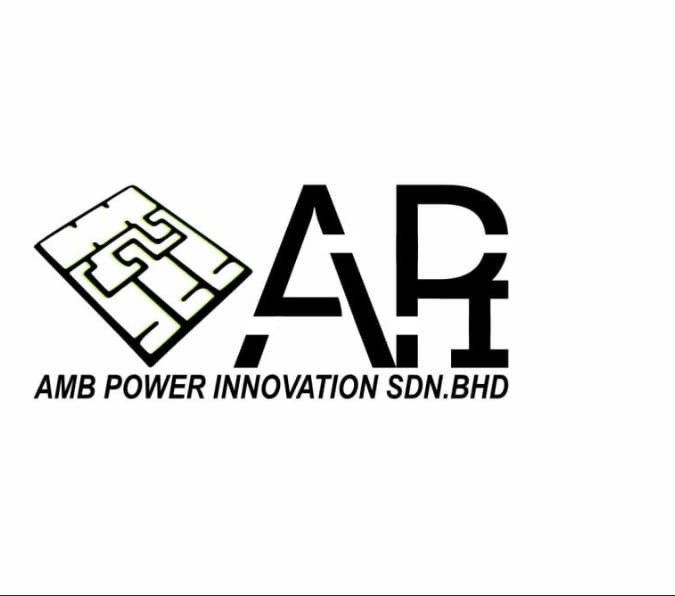
Related Keywords
ACTIVE
Technology & Innovation
Renewable Energy
Headquarter Location
 Wisma Cosway, 2-20 Jalan Raja Chulan, Kuala Lumpur Kuala Lumpur
Wisma Cosway, 2-20 Jalan Raja Chulan, Kuala Lumpur Kuala Lumpur
Company Profile
1. Brief Investment Memorandum
Ceramic substrates AMB is one of the most modern technological materials for
power electronics (IGBT module). IGBT module are used in all branches of
industry
At present, the power of power semiconductor modules is growing. This stable
growth requires new materials and technology. The increase in conductors
(copper) from 0.3 mm to 0.5-1 mm.. The thermal conductivity of ceramics and
the increase in operating temperature to +200. Only AMB substrate Si3N4
can satisfy these requirements
The advantage of the Active Metal Brazing (AMB) method (copper-ceramics
copper) is the stability of the resulting compound of the material. Power
electronics based on AMB substrates require less cooling area and can be
made more compact.
It is used in the manufacture of power semiconductor modules IGBT.
The technology is developed by an international team of specialists.
This production is demanded by such firms as : Infineon Technologies, GE,
Toshiba, Siemens AG, ABB, Fuji Electric ...
To organize production, it will be necessary to find a suitable room. With a
working capacity of connected electricity of 500 kW.
The minimum working area is 900 m2, and the total area is 1400 m2.
Also, it will be necessary to hire 16 employees to work in one shift.
The total production capacity at the initial stage will be 50,000-80,000 per
month. With the growth of production to 200,000 pieces per month. The
average cost of production of 1 AMB substrate is $ 20. The average market
selling price is $ 31-35 / With these parameters, the project indicators will be
as follows:
• Initial investment amount — $2,230,000 (80,000 units per month)
• Payback period — 1 year
• Net profit for 5 years — $193,692,000 after paying income tax
$243,000,000 after exemption from income tax
The key advantages of production include:
• The technology has a Russian patent, an international application has been
filed!
• Lower prices compared to competitors (no silver in the solder, which reduces
the cost by 25% or $10 per unit). Competitors' prices are in the region of $37-42
per unit.
• The ability to quickly change the range and adapt to market needs.
• Product quality control at every stage.
It is worth noting that the main demand for the products is made up of large
consumers.
Website
https://http://www.ambpowertech.com.my
Email
ambpowertechnologies@gmail.com
Founded Date
0001-01-01
Company Size
2 - 10
Company Stage
OTHERS
Industry
Technology & Innovation
Technology
Renewable Energy
Client Focus
Status
ACTIVE
Headquarter Location
 Wisma Cosway, 2-20 Jalan Raja Chulan,
Wisma Cosway, 2-20 Jalan Raja Chulan,




